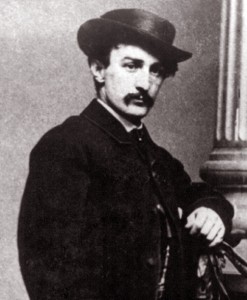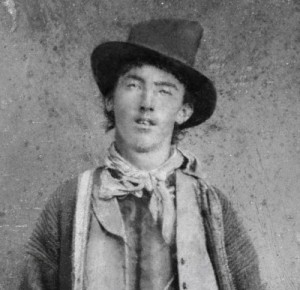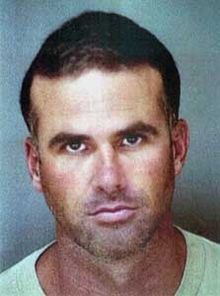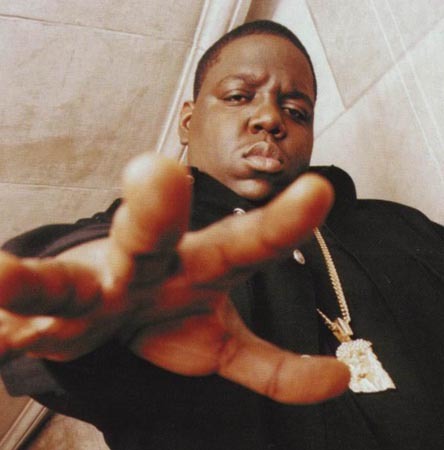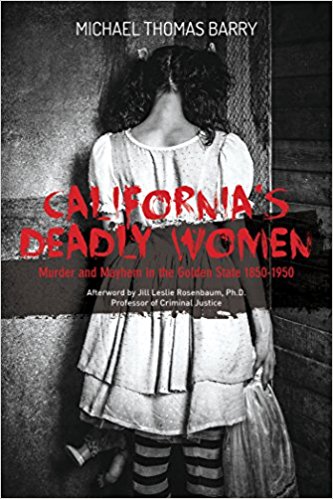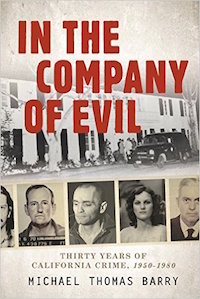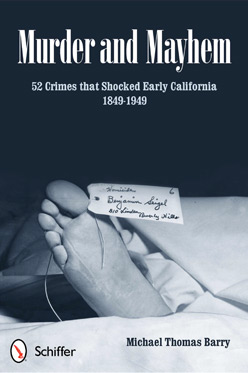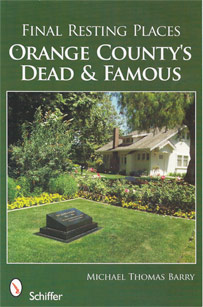07.25
This week (July 25-31) in crime history – Notorious California bandit Joaquin Murrieta was killed (July 25, 1853); Serial killer Ed Gein died (July 26, 1984); Adam Walsh was abducted (July 27, 1981); Centennial Olympic Park bombing (July 27, 1996); Son of Sam serial killer claimed first victims (July 29, 1976); Megan Kanka’s killer was charged with murder (July 30, 1994); Teamster boss Jimmy Hoffa disappeared (July 31, 1975)
Highlighted crime story of the week –![EricRudolph[1]](https://www.michaelthomasbarry.com/wp-content/uploads//2016/07/EricRudolph1-300x169.jpg)
On July 27, 1996, the XXVI Summer Olympics in Atlanta were disrupted by the explosion of a nail-laden pipe bomb in Centennial Olympic Park. The bombing, which occurred during a free concert, killed a mother who had brought her daughter to hear the rock music and injured more than 100 others, including a Turkish cameraman who suffered a fatal heart attack after the blast. Police were warned of the bombing in advance, but the bomb exploded before the anonymous caller said it would, leading authorities to suspect that the law enforcement officers who descended on the park were indirectly targeted. Within a few days, Richard Jewell, a security guard at the concert, was charged with the crime, but in October he was fully cleared of all responsibility in the bombing.
On January 16, 1997, another bomb exploded outside an abortion clinic in suburban Atlanta, blowing a hole in the building’s wall. An hour later, while police and ambulance workers were still at the scene, a second blast went off near a large trash bin, injuring seven people. As at Centennial Park, a nail-laden bomb was used and authorities were targeted. Then, only five days later, also in Atlanta, a nail-laden bomb exploded near the patio area of a crowded gay and lesbian nightclub, injuring five people. A second bomb in a backpack was found outside after the first explosion, but police safely detonated it. Federal investigators linked the bombings, but no suspect was arrested.
On January 29, 1998, an abortion clinic was bombed in Birmingham, Alabama, killing an off-duty police officer and critically wounding a nurse. An automobile reported at the crime scene was later found abandoned near the Georgia state line, and investigators traced it to Eric Robert Rudolph, a 31-year-old carpenter. Although Rudolph was not immediately found, authorities positively identified him as the culprit in the Birmingham and Atlanta bombings, and an extensive manhunt began.
Despite being one of the FBI’s most wanted fugitives, Rudolph eluded the authorities for five years by hiding in the mountains in western North Carolina before finally being captured on May 31, 2003. As part of a plea agreement that helped him avoid a death sentence, Rudolph plead guilty to all three bombings, as well as the 1998 murder of a police officer, and was sentenced on July 18, 2005 to four consecutive life terms.
Check back every Monday for a new installment of “This Week in Crime History.”
Michael Thomas Barry is a columnist for www.crimemagazine.com and is the author of seven nonfiction books that includes In the Company of Evil Thirty Years of California Crime 1950-1980.

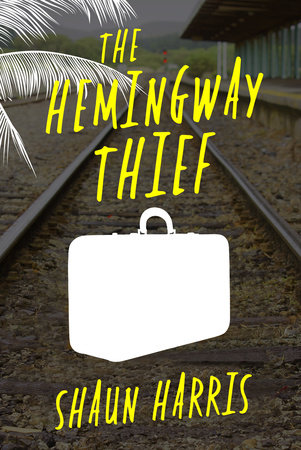

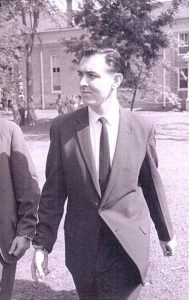
![fleiss[1]](https://www.michaelthomasbarry.com/wp-content/uploads//2016/06/fleiss1-202x300.jpg)

